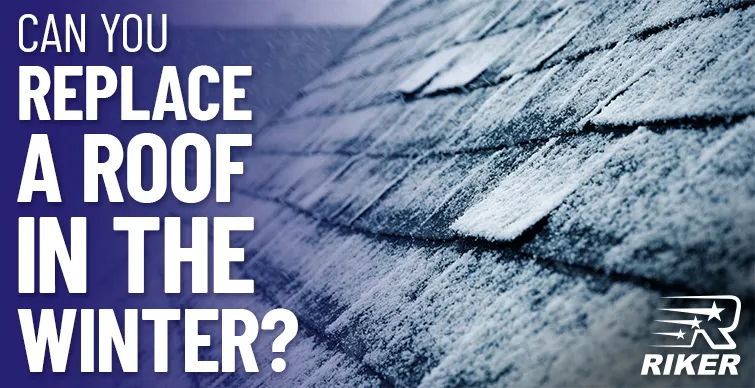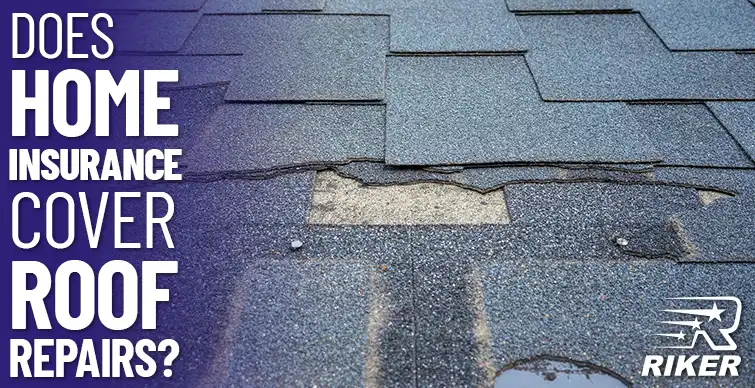Roof inspections help conserve your roof’s longevity and structural integrity. These inspections are essential since the roof is your home’s first defense against outdoor elements. Your roof helps shield your household from sunlight, wind, rain, and excess heat. The roof even has a role in home ventilation and temperature regulation. An inspector can identify and address potential issues before they escalate into major damage. A look at the top inquiries during each inspection can help ensure a more efficient roofing system for you and your family.
1. What Is the Current Condition of My Roof?
A roofing inspection provides an excellent snapshot of the current condition of your roof. By asking this question, you can receive an initial overview of any known issues or concerns. This opening question also provides a baseline of what roofers should prioritize, evaluate, and document throughout the inspection. Factors that influence the condition of your home roof can include age, quality of roofing materials, the extent of wear and tear, and recent events such as inclement weather or storm damage.
Documenting first impressions can ensure that the roofer does not overlook major concerns, and it can also serve as the start of a comparison or “progress report” for upcoming maintenance or repairs. A professional can offer information on the condition of your roof from visual inspections as well as testing with specialized or industrial equipment.
2. How Many More Years Can I Expect From This Roof?
According to the National Roofing Contractors Association (NRCA), the average roof can last at least 20 years with proper maintenance and upkeep. While 20 years is the minimum average, some roofing materials can last much longer. Factors like the quality of installation, climate conditions, and regular maintenance checkups can all impact the lifespan of a roof. By obtaining information about your roof’s remaining life expectancy, you can plan ahead for upcoming repairs or replacement. This can help you avoid roofing emergencies once the structure has reached the end of its serviceable lifespan.
3. Are There Any Indications of Water Damage or Leaks?
Questions about water infiltration are crucial for any roof inspection. A leaky roof means much more than annoying drops from the ceiling during rainstorms. Excessive moisture can damage your roof and its underlying structure, and a compromised roof can warp or even collapse.
Signs of water infiltration may include ceiling stains, mold growth, or pooling water spots on the exterior roof. Your roofer can safely check susceptible areas for water accumulation such as roof valleys, intersections, or chimney junctures. Other problem signs can include damaged roof vents or ineffective gutters and downspouts. By checking for signs of water damage, the roofer can troubleshoot potential issues and help prevent future leaks.
4. What Type of Roofing Materials Do I Currently Have Installed?
With all the factors involved in owning a house, it is understandable that some homeowners are unaware of the types of materials on their roofs. A roofer can provide expertise on the different kinds of materials. Each type has its own advantages and potential pitfalls or considerations. For example, asphalt shingles are affordable and versatile. However, they can have a shorter lifespan than other materials.
During an inspection, the roofer can check for damaged or missing shingles. Some shingles are also prone to cracking, curling, or discoloration. The roofer may also recommend replacing defective shingles during a maintenance session and notify you of any problems with asphalt underlayment. The most durable roofing materials include metal, tile, and slate. However, a roofer may still need to check these materials for any damage to panels or problems with structural support.
5. Is The Roof Properly Ventilated and Insulated?
Good ventilation is an important part of maintaining a healthy roof. Ventilation prevents the accumulation of moisture by encouraging air circulation and expelling unwanted humidity. This helps lower the risk of overheating and premature roof deterioration. It can also help keep the attic from becoming too stuffy. Without sufficient ventilation, trapped moisture may encourage the growth of mold, mildew, or ice dams. This can cause the roof’s materials to degrade or rot. In addition to ventilation, insulation is important for ensuring the best temperature regulation and energy efficiency of your home. Inadequate insulation can cause heating losses during the winter, and it can also cause excessive indoor heat during the summer.
During an inspection, your roofer may look for signs of poor ventilation such as excessive condensation or mold growth. The roofer can also check the performance of intake and exhaust vents to confirm appropriate airflow. Similarly, a roofing professional can confirm whether your insulation coverage complies with recommendations for your region and climate zone and offer suggestions for improving insulation in weak areas.
6. Are There Any Signs of Structural Issues?
Time is of the essence when it comes to identifying structural issues. Ask your inspector if there are signs of sagging, unevenness, or damaged support structures. Sagging and unevenness can indicate excessive loads or weaknesses in any of the underlying components of the roof. A professional roofer also has the tools and expertise to test for problems with support elements. These problems may include rotting wood, deteriorated beams, or cracked trusses or rafters. Left uncorrected, these problems can exacerbate into costly repairs. Asking this question during inspections can help you stop deterioration in its tracks and prolong the lifespan of your roof.
7. What Are Your Recommendations for Maintenance or Future Repairs?
The current condition of your roof often influences maintenance recommendations. For example, the roofer may suggest a thorough cleaning to remove debris or moss growth. This can help prevent the accumulation of moisture that can lead to ice dams or water leaks. The roofer may also suggest that you schedule a cleaning of gutters and downspouts to remove obstructions and ensure efficient rainwater drainage. The condition of your vents, chimney, or edges may also require resealing to prevent water infiltration. Finally, the roofer may also suggest replacing missing shingles or repairing any deteriorated roofing components.
8. What Preventative Measures Can I Take To Avoid Future Issues?
Fortunately, there are often preventative measures homeowners can take to conserve the life expectancy of their roofs. For example, your roofer may suggest trimming overhanging tree branches to reduce the likelihood of storm damage or debris. Or the roofer may offer to apply a protective coating to help shield your new roofing materials from the elements.
9. If I Need Replacements, What Materials Do You Suggest?
If you need to replace existing components of your roof, your inspection is the perfect opportunity to seek expert advice in advance. Factors that may influence your choice of roofing materials include durability, local climate, preferred aesthetics, and personal budget. Given their in-depth knowledge of the industry, a roofing professional can illuminate options that align with your preferences and household goals.
Contact Us Today
Riker provides roofing services for homes in Plano, TX and surrounding areas. We offer roof inspections after storm damage or as part of periodic maintenance. Our roofers also provide appraisals if you plan to put your home on the market or need to comply with local laws. You will receive a detailed inspection report that helps you take excellent care of your roof. In addition to inspections, our roofers also provide emergency repair or complete roof replacement if required. Our company also provides gutter installation, cleaning, or repair, and we service garage doors. If you need a roofing contractor, look no further than our team. Contact Riker Home Services today


